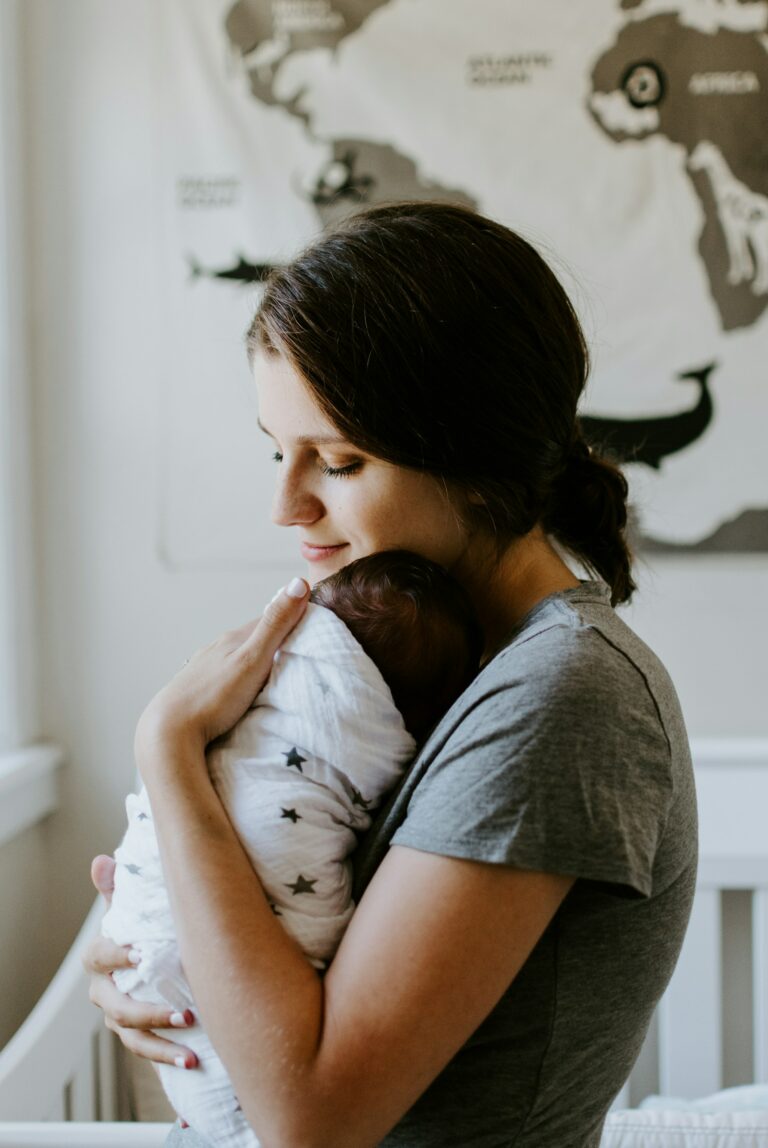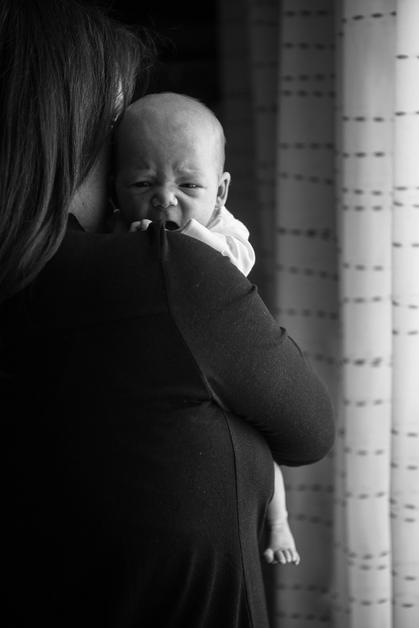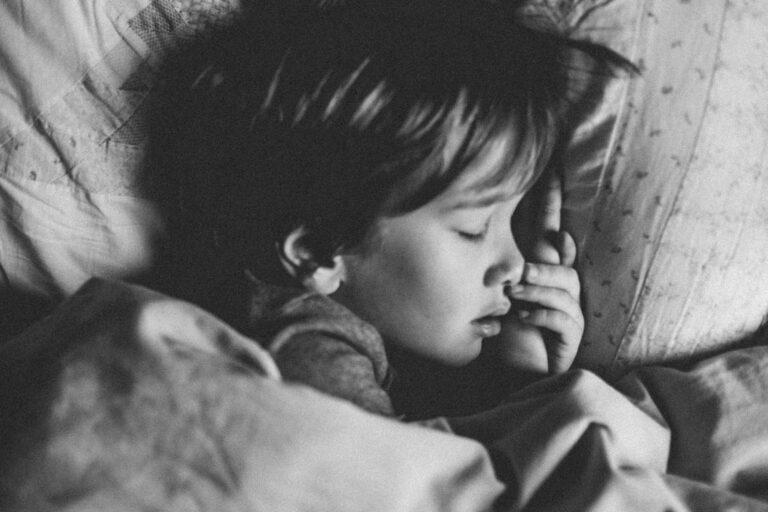Exploring the world with a 7 month old baby means every day unveils something new—sometimes a sudden burst of babbling, other times an experimental roll across the mat, or perhaps that gleam of discovery when grasping a shiny spoon. For parents, the seventh month becomes a mosaic of wonder, uncertainty, and practical challenges. Questions often surface: Is my child eating enough? Why does sleep seem so unpredictable? Should a 7 month old baby already crawl, or is rolling enough? Addressing these puzzles not only reassures, but also empowers parental decision-making. From rapid shifts in motor skills and sleep cycles to the complexities of introducing new foods, as well as vital health checks, each thread is essential. Curious to decode the signs, establish a supportive routine, and transform daily routines into opportunities for growth? Let’s examine milestones, nutrition, sleep rhythms, safety essentials, and effective ways to nurture and connect with your 7 month old baby.
Physical Growth and Motor Milestones
Notice the shift—your 7 month old baby, who seemed to change by the week, now follows a more gradual growth curve. This measured pace doesn’t diminish the significance of each ounce gained or centimetre stretched. Instead, it signals metabolic adaptations; infants at this age thrive when they remain within their individual percentile trajectory. If the weighing scale or measuring tape sparks doubts, a pediatrician’s insight can contextualise these numbers.
Teething often shapes these weeks. That fussiness? The damp chin? Red cheeks and the urge to chomp on everything from rings to fabric? These classic teething symptoms, sometimes coupled with mild fevers and sleep disruptions, can leave babies restless. While some parents reach for a refrigerated teether or opt for gentle gum massages, it’s always important to ensure hygiene and steer clear of unsafe home remedies.
One cannot ignore the blossoming of gross motor skills. Sitting unsupported, rolling in both directions, and making spirited attempts to crawl or shuffle—every child finds their preferred sequence. Indeed, placing enticing toys just out of reach does wonders; it inspires movement and fortifies muscle tone. With new skills come fresh risks—time to secure those corners and block access to stairs, since a curious 7 month old baby rarely respects static boundaries.
Fine motor development deserves equal attention. Around 7 months, the pincer grasp begins to emerge—thumb meeting fingertip in a delicate pinch, ready to explore smaller objects and, sometimes, those all-too-tiny crumbs. Hand coordination advances as babies turn pages in soft books or stack blocks with growing confidence. Rattles and textured sensory toys not only entertain but reinforce dexterity and hand-eye connection.
Language and Early Communication
Language at this stage isn’t about meaning, but the music of repetition and rhythm. “Ba-ba” and “ma-ma” echo through the day, with each syllable reflecting neural connections in formation. Responsive conversation—imitating sounds, narrating activities—turns babbling into a duet. By engaging warmly, naming objects, and using expressive tones, parents build both emotional bonds and the foundation for eventual speech.
Cognitive Development and Social-Emotional Growth
Here’s where parents witness the mysteries of the mind. Suddenly, that favourite stuffed animal hidden beneath a cloth provokes searching looks and delighted surprise. This is object permanence, the milestone where babies understand that people and things continue to exist even when unseen. Simple games like peekaboo not only entertain but foster memory and self-assurance.
Simultaneously, recognition unfolds. Familiar faces prompt wide smiles or outstretched arms, while strangers elicit caution or clinging. These deepening social ties mark the start of selective trust and the earliest forms of separation anxiety. Consistent daily rituals, laughter, eye contact, and affectionate reassurance help babies navigate these transitions, turning routine into a reservoir of emotional security.
Signs of Developmental Delay: When to Seek Guidance
Some variations in progress are perfectly typical, yet certain red flags warrant attention:
- Lack of spontaneous eye contact
- Indifference to voices, absence of babbling
- No attempts to roll or sit independently
- Difficulty transferring objects between hands
If any of these persist after 7 months, consulting a pediatrician for a thorough evaluation and tailored advice is both sensible and reassuring.
Sleep Rhythms for the 7 Month Old Baby: Patterns and Adjustments
Sleep in the 7 month old baby universe is rarely seamless—typically, night sleep blends with two to three daytime naps, totalling roughly 12 to 15 hours in a 24-hour period. Minor disruptions, such as teething, developmental leaps, or the onset of separation anxiety, may kick up nighttime awakenings. Instead of rigid schedules, a predictable routine—perhaps involving a warm bath, dim lights, and quiet lullabies—serves as a biological cue for rest.
What about sudden difficulties, frequent waking, or resistance to naps? Sometimes just a subtle tweak to nap timings can smooth nighttime transitions. During episodes of sleep regression (often following new milestones), a comforting approach soothes the transition back into easier rest.
Sleep safety is non-negotiable. Always lay your 7 month old baby on their back on a firm, uncluttered mattress—no loose blankets, pillows, stuffed animals, or cords nearby. Lower the crib mattress promptly once your child can pull to stand, and remember: sharing a room is protective, while sharing a bed increases risk for SIDS (sudden infant death syndrome).
Feeding and Nutrition for the 7 Month Old Baby
Breast milk or infant formula remains the dietary keystone between 7 and 9 months, supplying not just calcium, protein, and vital micronutrients but also antibodies and immunological benefits. The recommended daily volume falls between 500–800 ml (approximately 17–27 ounces), but let your baby’s hunger cues guide bottle or breast sessions.
Introducing solids? Texture and timing matter. Purees and well-mashed fruits—think apple, pear—or vegetables like carrot and zucchini, can be gradually woven into family meals. Introduce one new food at a time, with a pause of 2–3 days before trying another, to observe for allergic reactions (redness around the lips, rashes, or gastrointestinal disturbances). Never add salt or sugar to infant foods, as a developing palate benefits from natural flavours and minimal additives.
Critical safety points: Whole nuts, hard or round foods, honey, raw vegetables, and cow’s milk as a principal drink are all inappropriate at this stage due to choking hazards or risk of illness. If a food allergy is suspected, don’t delay—seek immediate medical input.
Hydration needs subtly shift with food diversification. Alongside breast milk or formula, offer 100–200 ml of water in small sips with meals—ideally via training cups, which are excellent for promoting oral-motor coordination. Signs of dehydration to watch for: a notably dry mouth, markedly fewer wet nappies than usual, or listlessness. Particularly in hot or humid climates, adapt fluid intake, but remain attuned to nuanced signs.
Play, Stimulation, and Everyday Activities
Balance is indispensable—structure the day with cycles of feeding, rest, and vibrant play. After naps or meals, interactive games (peekaboo, hiding objects, walking together) refresh children’s cognitive and emotional banks. Toys tailored for a 7 month old baby—colourful, easy to grip, making soft sounds—invite sensory exploration.
Musical interaction deserves a spotlight. Songs, simple rhymes paired with hand gestures, and pauses for baby “responses” nurture not only early language but also rhythm perception. Daily routines become learning opportunities when parents narrate what they’re doing or label familiar household items. Sensory play—water games, safe kitchen objects, or mirrors—helps children discover their bodies and the world in bite-sized, safe doses.
Overstimulation can backfire, however. Notice the signs: fussing, averted gaze, or waning interest signal it’s time for quiet. Respecting these boundaries fosters resilience and positivity around learning.
Safety and Healthcare for an Active 7 Month Old Baby
Newfound mobility transforms risk landscapes. Anchor furniture, cover sharp edges, and block stairs without delay. Remove small items—coins, loose marbles, buttons—that could cause choking. Secure electrical cords and keep hazardous products, from cleaning agents to medications, locked away. During play, meals, and transitions (like changing on high surfaces), constant supervision prevents a multitude of mishaps.
Skin remains sensitive at this age, susceptible to irritation, dermatitis, and diaper rash. Bathing every other day with gentle, unscented cleansers, followed by careful moisturisation, preserves the skin barrier. Change nappies frequently and use a protective cream to ward off rashes, especially during teething, when stools may be looser or more acidic.
If fever strikes—a common occurrence given teething and frequent viral exposures—use a rectal thermometer for best accuracy. To lower temperature, undress lightly and offer extra fluids. Persistent fever (beyond 48 hours), convulsions, vomiting, or breathing difficulties demand immediate paediatric assessment, as these can signal serious underlying illness.
First teeth emerging? Begin oral hygiene swiftly: a soft brush with just water suffices to remove sticky residues and lay the groundwork for lifelong dental health.
Vaccinations follow the national schedule, protecting against major infectious diseases. Parents who keep up with health visits fortify not just immunity but benefit from regular developmental checks and professional reassurance regarding nutrition, growth, and behaviour.
Caring for Yourself and Building Everyday Confidence
Parenting a 7 month old baby involves a dynamic dance—joy at babbles, fatigue from nightly wake-ups, worries about milestones, all mingling within hours. Consistent routines, patient responses to tears or new demands, and creating predictable touchpoints throughout the day enable secure attachments. Yet, parental wellbeing matters equally: rest, balanced diet, and accepting help nurture resilience. Exchanges with fellow parents, online or in person, can be balm for doubts and a source of resourceful ideas. Persistent worries, sadness, or exhaustion shouldn’t be ignored—timely consultation with a health professional makes all the difference.
Celebrating progress, from a babbled “da-da” to that first adventurous crawl, shapes a positive self-image for children and sustains motivation for parents.
Key Takeaways
- Trust the pace of your 7 month old baby—variation is normal and milestones happen across a broad spectrum.
- Combine breast milk or formula with the gradual introduction of solid foods; observe any signs of allergies and never rush new textures or tastes.
- Prioritize a safe environment using up-to-date sleep and home safety guidelines.
- Foster learning through interactive play, music, songs, and loving daily rituals tailored to cognitive and emotional growth.
- Personal well-being fuels the energy and patience needed to support the ups and downs of parenting.
- Reliable support is always available—reach out to healthcare professionals for personalized answers.
- For tailored tips and free health questionnaires, download the application Heloa for ongoing guidance and support on the journey.
Questions Parents Ask
What activities can help stimulate my 7 month old’s development?
Curiosity is naturally alive at this stage. Stimulate your 7 month old baby with a mix of textures—safe kitchen utensils, cool sensory balls, or even everyday household items (supervised, of course). Engage together with music, simple clapping games, or name objects to boost comprehension. Peekaboo, hiding toys under cloths, or rolling soft balls foster both memory and fine motor skills. Why not try supervised tummy time or organise reachable toys across the room? Every interaction is an opportunity for brain and body growth.
Is it normal for my 7 month old to not crawl yet?
Absolutely! There’s a vast range of “typical” for a 7 month old baby. Some prefer to roll, some scoot, a few might skip crawling entirely and go straight to standing or walking later on. The important marker is progressive movement; if your child is actively rolling, reaching, or increasing time spent sitting, things are progressing. Crawling may come in time or not at all—continue encouraging exploration and raising all movement queries to your pediatrician if concerned.
Should my 7 month old be saying words?
At this age, expect more “da-da, ba-ba, ma-ma” than clear vocabulary. Babbling is an early rehearsal for later speech—it reflects brain maturation and developing vocal skills. Regular conversations, describing your actions, and giving your baby the chance to respond—all these drive further language development. Actual words usually emerge in the upcoming months; plenty of two-way chat now sets the stage for joyful language growth in the future.
Further reading:









